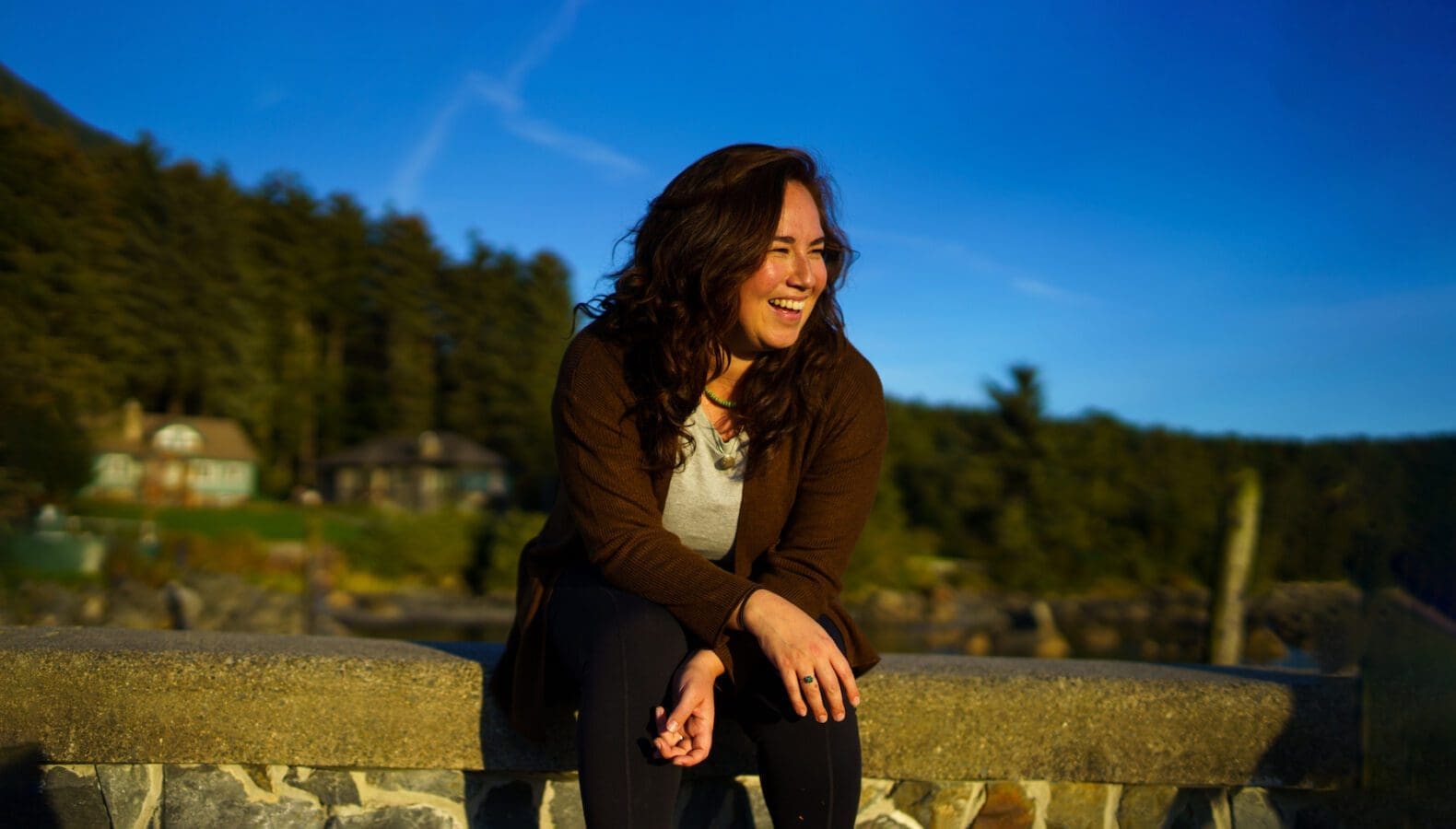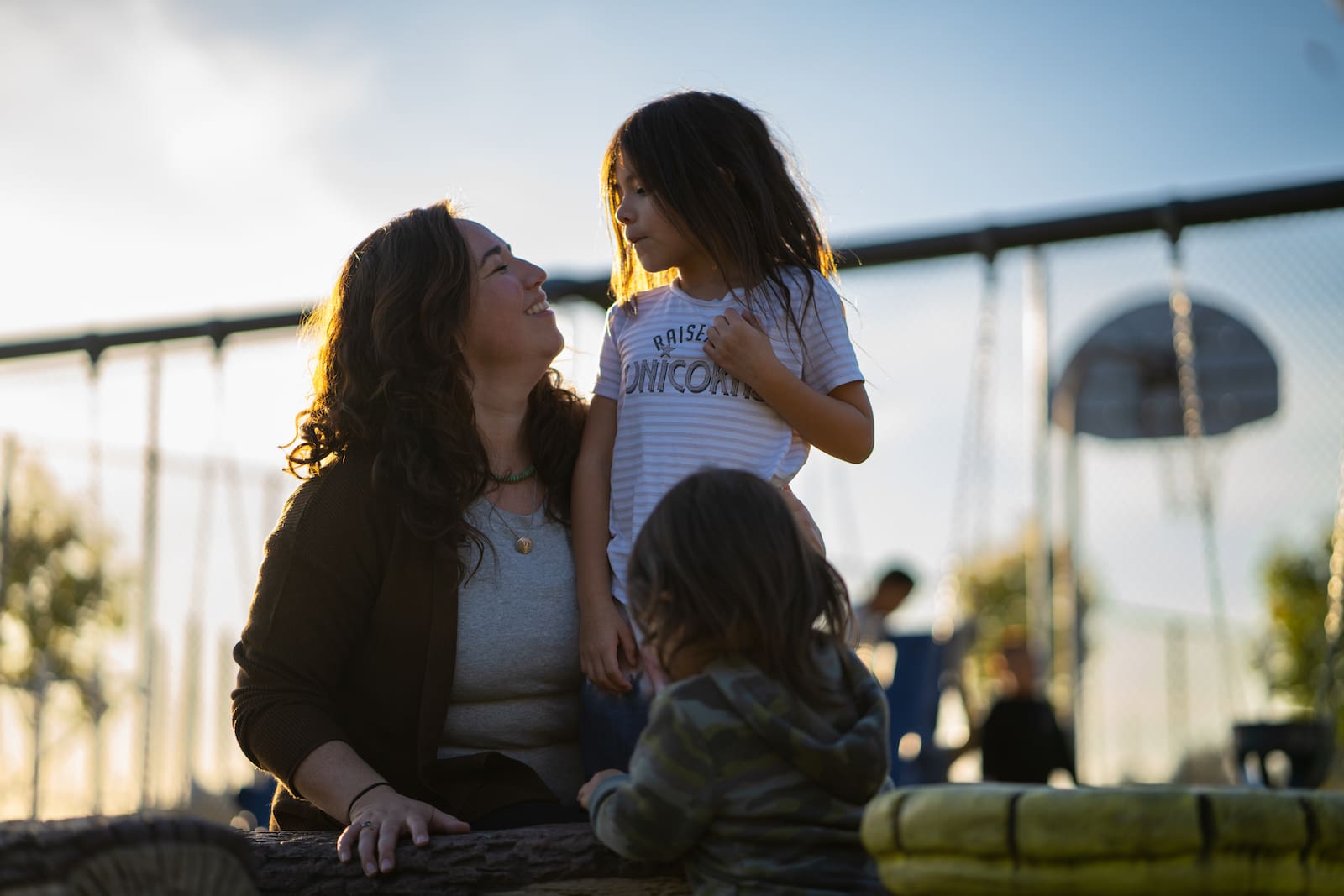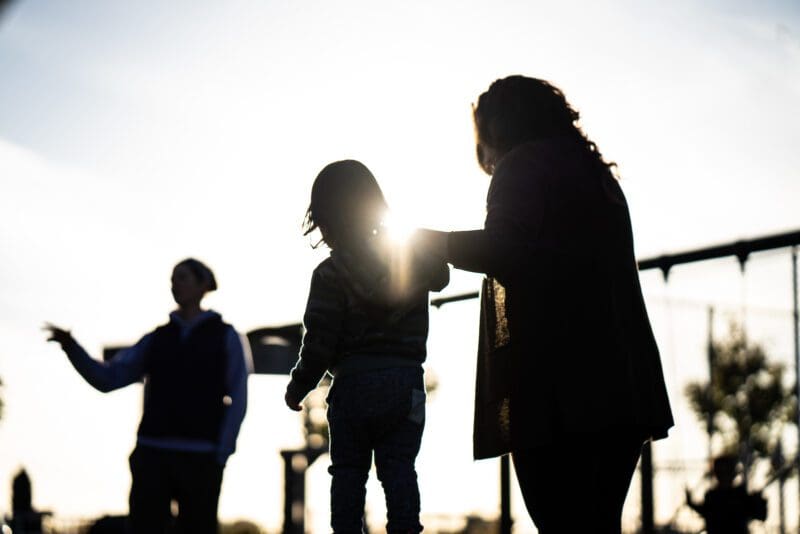When the pandemic arrived in Alaska in March of 2020, the twice weekly barge service that brings groceries and other supplies to Sitka—an island community in Southeast Alaska accessible only by air and sea—temporarily shut down. The grocery stores that serve the roughly 8,500 local residents were hollowed out. Alana Peterson, 37, whose Tlingit name is Gah Kith Tin, is a lifelong Sitka resident, the executive director of Juneau-based Spruce Root—a mission-driven organization that promotes community development across Southeast Alaska–and the former owner of two coffee outlets in the community. During those first weeks of the pandemic, she relied on the suppliers that provided toilet paper and coffee beans to her businesses to help secure what she needed at home too.
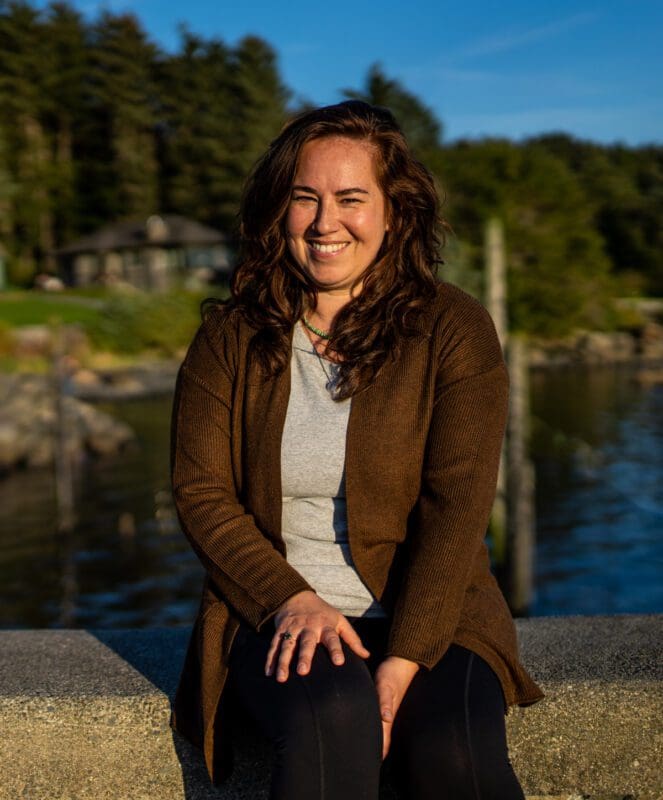
“Everyone was reconciling with reality,” Peterson remembered. Across Sitka and the world, COVID-19 had laid bare vulnerabilities in everyday life. People were thinking in new ways about their food and energy sources, and the assets and weaknesses of their communities.
From the air, it is easy to see some of the bejeweled assets of Southeast Alaska: productive marine waters, verdant old growth forests and jaw-dropping scenery. You can spy hydropower potential and carbon sequestration capacity. Cloaked by the Tongass National Forest—the nation’s largest national forest, almost three times the size of the state of Vermont—Southeast Alaska is a region rich in natural resources and dynamic Indigenous cultures, including Tlingit, Haida and Tsimshian Peoples. And the region, which supports a population of about 70,000, is dotted with small communities full of people who know how to thrive in this landscape.
When the pandemic hit, it would have been easy to fixate on the disruptions. Instead, Peterson recognized “an opportunity to reset,” she said. A few months after the mandated closures went into effect, she and her collaborators in the Sustainable Southeast Partnership—a collective of Tribal governments, Native corporations and entities, land managers, entrepreneurs, culture-bearers, educators, state and federal agencies, nonprofits and storytellers from across the region that is coordinated by Spruce Root—began drafting what would become a guiding document that would reframe the conversation about the region’s assets.
For too long, the story of the region had been told by Outside interests, Peterson explained. These stories often fixated on contentious issues, like the continued clear cutting of the old growth forest or its opposite, the federal Roadless Rule—tug of war legislation that prohibited road construction and logging in parts of the Tongass. These narratives created a sense that Southeast Alaska was paralyzed by conflict, a portrayal that didn’t accurately reflect life and communities in the region.

With the strong network of the Sustainable Southeast Partnership already in place, the collective was able to develop the Blueprint for Southeast Alaska: A New Story for the Tongass National Forest over a matter of months through interviews, conversations and Zoom sessions. The document was an opportunity to put forward a more unified vision for the region, a vision that recognized the voices of Alaska Natives who have lived on and cared for the land for time immemorial and which prioritized the communities that call the national forest home.
Individuals and entities representing a wide variety of interests and industries signed onto the document, including: conservation; logging; commercial and recreational fishing; tourism; and Native villages, corporations, and agencies. In the spring of 2021, with the immediate pressures of the pandemic receding and a new presidential administration settling into the White House, Peterson and her partners delivered the Blueprint to the USDA, which, as land managers for the entire Tongass National Forest, has an outsized presence in the national forest-dominated region. Soon after, the agency issued a press release announcing a new focus for the region, the Southeast Alaska Sustainability Strategy: rather than a top-down approach, the USDA would prioritize community-driven decision-making and collaboration with Indigenous Peoples. And the agency would be dedicating $25 million over the next two years to sustainable development in collaboration with Native tribes and corporations and local communities.
“Dang, we did this!” Peterson remembers thinking when she saw how the language in the agency’s press release echoed what was in the Blueprint. By coming together as a diverse group of individuals and industries and focusing on common goals, Peterson and her partners had succeeded in changing the conversation about investment in and development of the region. “It completely shifted how the USDA is working here,” she said.

This is what Peterson excels at: building relationships to forward common goals. Her work at the helm of Spruce Root has promoted a wholesale change in how economic development happens in Southeast Alaska. The base of this work is meaningful collaboration. In the past, Peterson explained, among the different interest groups in the region—including conservation, logging, mining, fishing, tourism, government—”you couldn’t get two people in the same room.”
But Spruce Root has stepped in, bringing diverse groups from Southeast Alaska’s communities together around common themes. They travel together to the region’s remote communities. They break bread together. They visit with community members. They engage in activities that get them thinking outside their own boxes. And they decide on and work towards shared goals. What once were “enemy-ships,” Peterson said, are now collaborative relationships.
The success of Spruce Root and the broad-ranging Sustainable Southeast Partnership in defining and carrying out a new vision for sustainable, community-based, and Indigenous-led development in Southeast Alaska, has catalyzed broader shifts in the region. These include the formation of the Seacoast Trust, an endowment created by $10 million in seed funding from Sealaska Corporation that catalyzed matching investment from The Nature Conservancy, the Rasmuson Foundation, the Edgerton Foundation and several other funders to support conservation and economic development in the region. Spruce Root is providing financial oversight, with project management carried out by the Sustainable Southeast Partnership.
The creation of the Seacoast Trust followed a sea change move by Sealaska, one of Alaska’s 12 regional Native corporations, to end its involvement in the logging industry and focus on ocean health investments with more enduring benefits to its Indigenous shareholders, including a new carbon offset project that is the first in Alaska to be issued carbon credits through California’s cap-and-trade program.

Spruce Root is also shifting the economic development conversation in the region by providing on-the-ground business development support and financial resources to Southeast Alaska entrepreneurs who are deeply rooted in their communities. The organization’s work includes business coaching, workshops, competitions, grants, and loans. One client, Skya’ana Coffee Company, a small coffee roasting outfit in the Native village of Klawock, received an award of $40,000 and technical assistance to grow the business. Another client, Trickster Company, used a loan and technical support from the organization to turn a dream of representing Northwest Native art in a modern, authentic way into a dynamic Juneau-based business. Spruce Root clients come from diverse industries, and the organization brings together veteran and emerging business leaders. Through millions of dollars invested, scores of businesses supported, and dozens of entrepreneurs lifted up, this work nurtures a resilient local business ecosystem in the region.
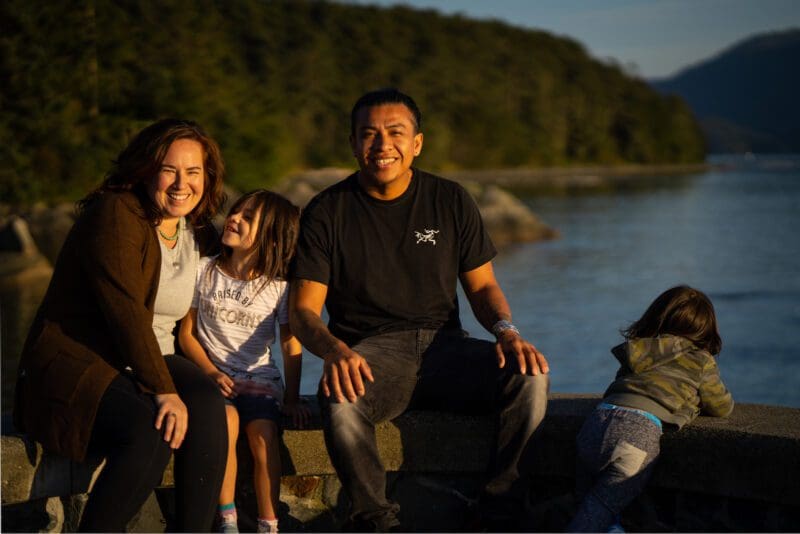
Indigenous values lie at the heart of the Spruce Root organization—down to its name. In addition to spruce roots being a key raw material for Native basket weaving, hat making, and other arts, they embody the values of cooperation and connection. A story originally told by Tlingit elder Clarence Jackson and retold by elder David Katzeek shares a powerful lesson about working together: in the forest, spruce trees must work together to support each other with their roots, just as families and communities are rooted together through thousands of years of relationships.
Spruce Root reflects the values of connection and collaboration, and prioritizes Native knowledge and Indigenous stewardship of the resources in the region. These principles underscore a focus on building a regenerative economy that will sustain generations to come, and are also part of who Peterson is. Growing up, Peterson and her family hunted, fished, picked berries and dried seaweed. She is intimately connected to the land and waters of the region. Peterson also grew up being reminded to sit still and listen, spending long stints just listening quietly while her Elders spoke around her. The Indigenous approach to problem solving of Stop-Observe-Examine-Act (Kuxhadahaan Adaayoo.analgein) is linked to those hours when she learned to listen actively and be patient. This approach is something Peterson uses every day—at any stressful moment or point of uncertainty, she explained.
Peterson also brings business acumen to her role at Spruce Root. She earned a Master of Business Administration, has served as an economic development specialist for tribes, and has dedicated time to teaching business skills to youth and adults. Until recently, Peterson and her husband owned the Fisheye Cafe as well as the Backdoor Café, a cozy coffee shop and bakery that is a favorite in Sitka. Their current businesses include Xutaa Hidi, a Native arts gallery and gift shop in Sitka, and local real estate ventures. In addition, she’s a mother of three children aged ten and under, which, as any parent knows, takes skills in delegation, coordination, and negotiation—all assets in business management as well.
